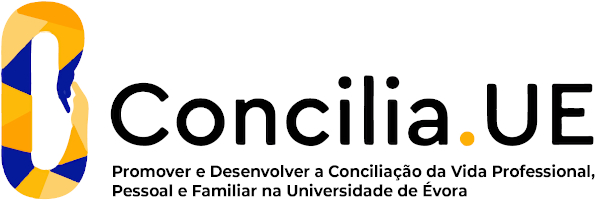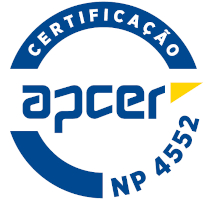2024
Applied Artificial Inteligence
Name: Applied Artificial Inteligence
Code: INF13262M
6 ECTS
Duration: 15 weeks/156 hours
Scientific Area:
Informatics
Teaching languages: Portuguese, English
Languages of tutoring support: Portuguese, English
Regime de Frequência: Presencial
Sustainable Development Goals
Learning Goals
Model problems in different domains (natural language processing, medicine, economics, common sense, etc.) with techniques for representing uncertain knowledge as probabilistic reasoning.
Use the formalism of Bayesian networks in modeling problems taking into account the conditionally independent relation in the design of the net and should know the different kinds of inference in the net and be able to use them and to implement them.
Study problems in other areas of knowledge using resources provided online and looking for new relevant resources using machine learning techniques to obtain the joint distribution tables of Bayesian nets.
Use metrics to compare the results with their applications using Bayes nets with the results obtained with other AI techniques for reasoning with uncertainty in real problems.
The development of autonomous capacity to collect adequate bibliography in solving a problem using specific techniques is also an objective of t
Use the formalism of Bayesian networks in modeling problems taking into account the conditionally independent relation in the design of the net and should know the different kinds of inference in the net and be able to use them and to implement them.
Study problems in other areas of knowledge using resources provided online and looking for new relevant resources using machine learning techniques to obtain the joint distribution tables of Bayesian nets.
Use metrics to compare the results with their applications using Bayes nets with the results obtained with other AI techniques for reasoning with uncertainty in real problems.
The development of autonomous capacity to collect adequate bibliography in solving a problem using specific techniques is also an objective of t
Contents
Uncertain knowledge and reasoning
(1) Introduction to Uncertainty
(2) Theory of probability: Syntax and semantics of probability theory, Bayes' rule and Independence;
(3) Introduction to Bayesian Networks: Syntax, Semantics; distributions parameterized
(4) Inference in Bayesian networks; Exact Inference by enumeration, elimination of variables; Approximate Inference by Stochastic Simulation; by Markov Chain Monte Carlo
(5) Temporal Probability Models: Time and uncertainty Inference, hidden Markov models, Kalman filters, dynamic Bayesian networks, particle filtering
(6) Applications of Bayesian Networks and Models of Probability: Speech Recognition, Task natural language processing.
(7) Rational decisions: preferences, utility networks, decision and value of information
(8) Learning from observation, learning by induction, decision trees; Measuring the performance of learning, statistical learning.; Bayesian Learning: learning maximum likelihood parameters with complete data.
(1) Introduction to Uncertainty
(2) Theory of probability: Syntax and semantics of probability theory, Bayes' rule and Independence;
(3) Introduction to Bayesian Networks: Syntax, Semantics; distributions parameterized
(4) Inference in Bayesian networks; Exact Inference by enumeration, elimination of variables; Approximate Inference by Stochastic Simulation; by Markov Chain Monte Carlo
(5) Temporal Probability Models: Time and uncertainty Inference, hidden Markov models, Kalman filters, dynamic Bayesian networks, particle filtering
(6) Applications of Bayesian Networks and Models of Probability: Speech Recognition, Task natural language processing.
(7) Rational decisions: preferences, utility networks, decision and value of information
(8) Learning from observation, learning by induction, decision trees; Measuring the performance of learning, statistical learning.; Bayesian Learning: learning maximum likelihood parameters with complete data.
Teaching Methods
The subject is introduced in the lectures where some pratical problems are also discussed. In lab practical classes students solve some exercises proposed in the paper, in the computer they must implement some of the algorithms studied and to use them to solve some exercises. Lab pratical classes sessions are also used for students to solve some of the work of the course.
Assessment
Continuous assessment: consisting of 4 components:
* 2 frequencies: 15% each
* 2 practical assignments: 35% each
Final assessment - consisting of 3 components:
* exam: 30%
* 2 practical works: 35% each
The final grade is obtained through the weighted average of the components. The student is approved if the final grade is equal to or greater than 10.
* 2 frequencies: 15% each
* 2 practical assignments: 35% each
Final assessment - consisting of 3 components:
* exam: 30%
* 2 practical works: 35% each
The final grade is obtained through the weighted average of the components. The student is approved if the final grade is equal to or greater than 10.
Teaching Staff
- António Manuel Ribeiro dos Anjos [responsible]





















